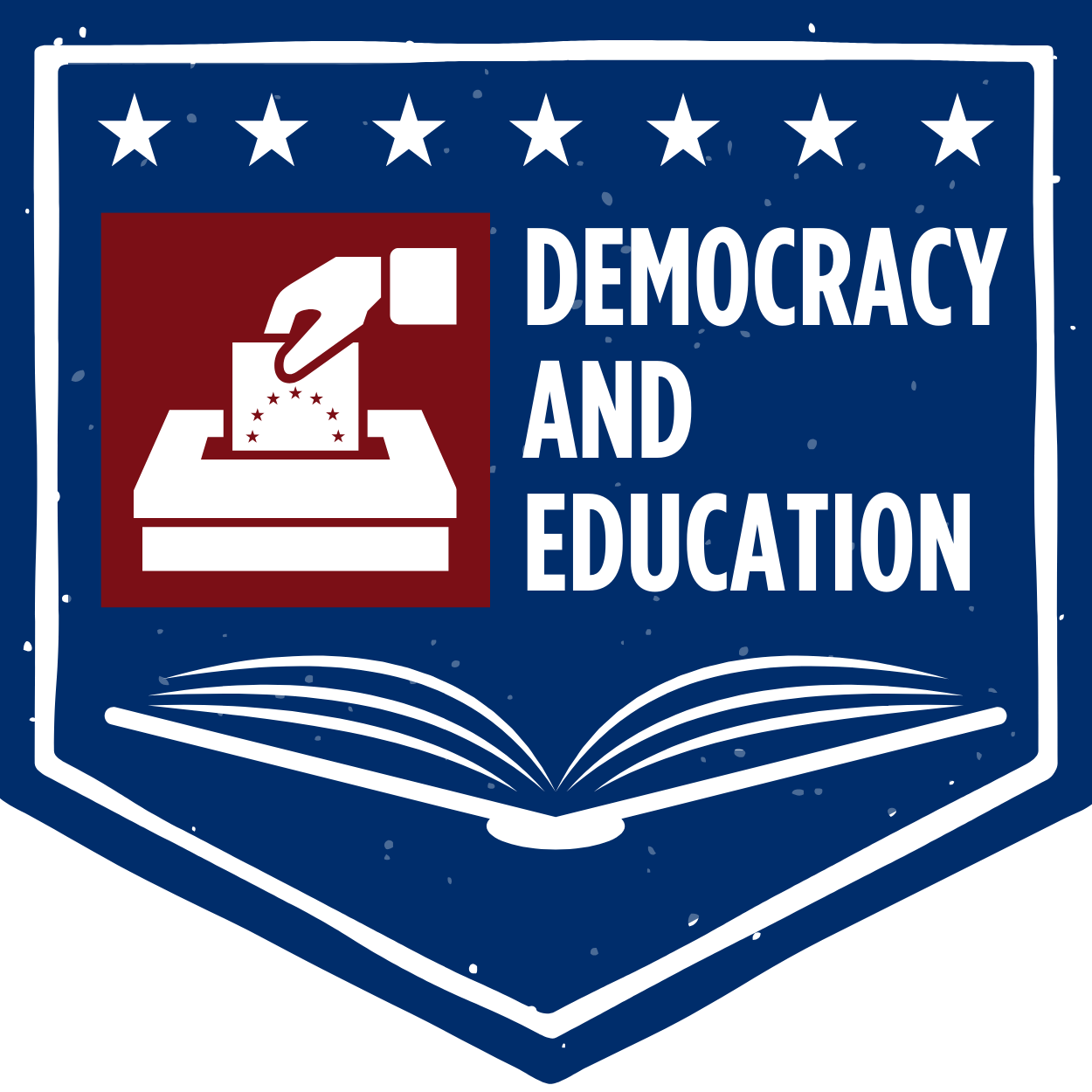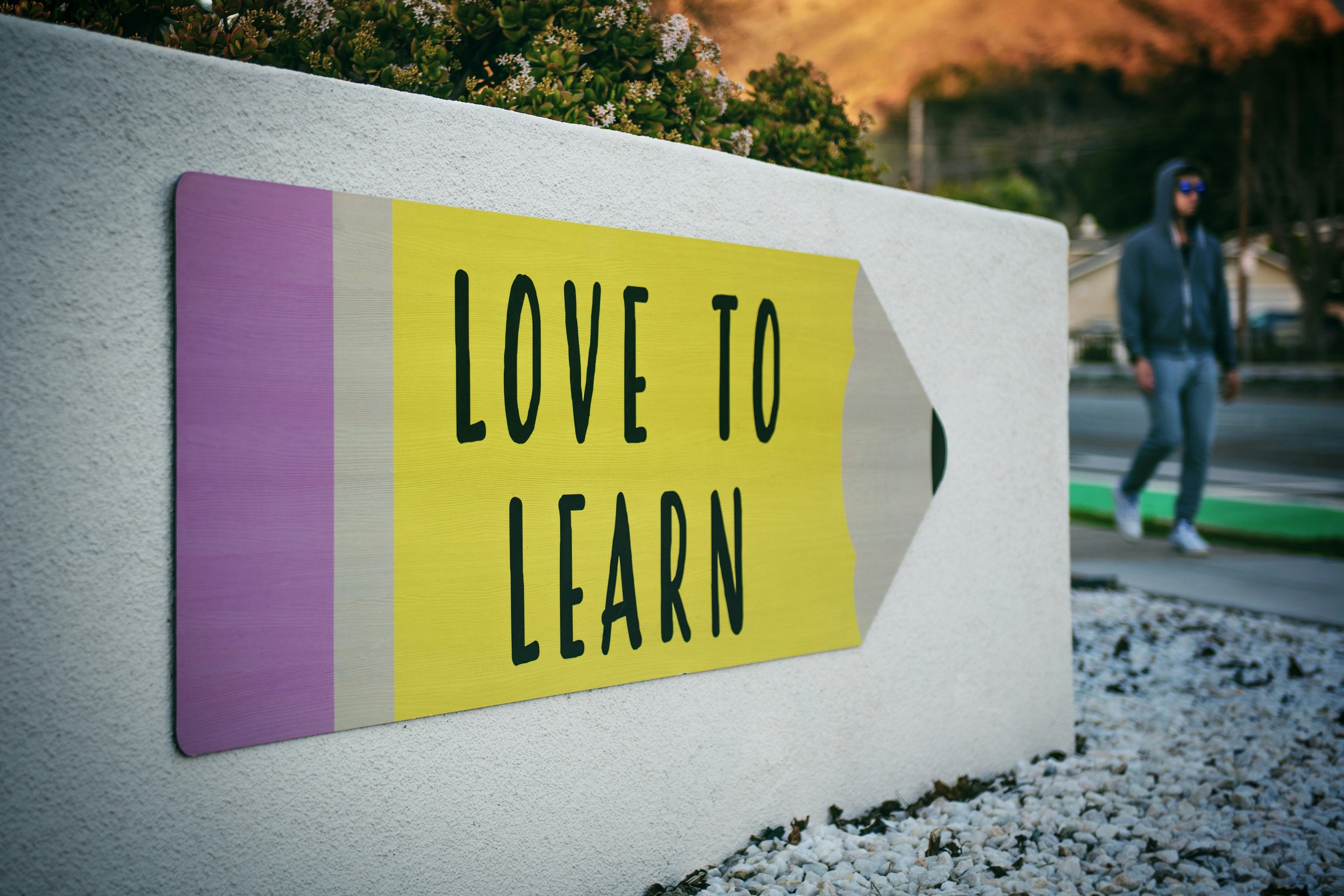Standards and Curriculum
What School Board Candidates Need to Know
Photo by Tim Mossholder on Unsplash
Overview
Everyone agrees that the job of schools is to teach children. But what should they teach them?
For many years, the answer to that question was “what’s in the textbook.” Early on, children would bring their own books, often handed down from their parents and grandparents. Later, schools, districts, and some states adopted textbooks. Some textbooks were pretty good; some terrible. Because publishers tried to satisfy the textbook-adopting states, almost all contained more material than could be taught in one year. Some teachers marched through textbooks and stopped when the year ended. Other teachers taught the parts they thought most important.
This began to change in the 1990s when the federal government began requiring that states that receive federal Title I money (all of them) demonstrate that the money was being used to help students from low-income backgrounds master the same standards as their wealthier peers. This required states to actually establish such standards and then adopt assessments tied to those standards. (For more information, see other briefs on the federal role in education, assessment, and reading instruction.) Some states adopted fairly comprehensive standards; some just sketched out a few themes. In many cases states had so many standards that teachers were left with the same conundrum as when they were expected to teach the textbook: too many standards and not enough time.
In the late aughts, a number of states came together to adopt what came to be called “Common Core Standards,” which attempted to provide a clear road map for educators in both math and English language arts. Most states adopted Common Core Standards, but that sparked a major political fight over whether they represented a national takeover of education, causing some states to pull out. However, even some of them simply changed a few standards and put their state’s name on them, which means they essentially have adopted common standards. In addition, 26 states have come together to adopt the Next Generation Science Standards. (An attempt to develop national history standards foundered in the 1990s.)
The important thing to know for these purposes is that standards do not constitute a curriculum. Standards are broad goals; curricula are the books, materials, and lesson plans that–in theory–help students master those standards. For the most part, state school boards set standards; local school districts adopt curricula.
To clarify, here is a Common Core standard from Grade 4 English language arts:
“Explain major differences between poems, drama, and prose, and refer to the structural elements of poems (e.g., verse, rhythm, meter) and drama (e.g. casts of characters, settings, descriptions, dialogue, stage directions) when writing or speaking about a text.”
In other words, by the end of fourth grade students should be familiar with poetry, plays, and a variety of fiction and non-fiction. But standards do not specify which poems, plays, fiction, or nonfiction. That is the job of curricula and, often, individual teachers. (Common Core standards do list a few foundational documents that should be part of every student’s education: the Declaration of Independence, the Preamble to the Constitution, the Bill of Rights, and Abraham Lincoln’s Second Inaugural Address.)
Even though in general educators choose programs, curricula, and teaching methods, it is important for school board members to ask educators good questions and hold school districts accountable for results.
What to Look For in Your School District
Talk with the superintendent: What curricula are used in your district? Do they vary from school to school? Do they align with your state’s standards? How were they chosen? (Pro-tip: EdReports, a non-profit organization, scores many popular math and English Language Arts curricula on how well they align with Common Core Standards.)
Talk with teachers: Are they confident that the curricula they are asked to teach help prepare students for the state assessments? Do they have all the materials necessary or are they spending their evenings and weekends developing lesson plans and finding supplementary material? Are committees of teachers looking at continuity across grades, so that students' learning in each grade builds on what they learned the year before?
Talk with principals: Are they broadly familiar with the curricula their teachers are using? How are they ensuring that teachers are prepared to teach the curricula?
Talk with students: Are they learning what they need to in order to understand our country and our world?
Talk with parents: Are they satisfied their students are learning a lot?
For More Information:
The Southern Regional Education Board has a quick cheat sheet on standards and curriculum.
Your state’s academic standards will be on your state department of education’s website.

